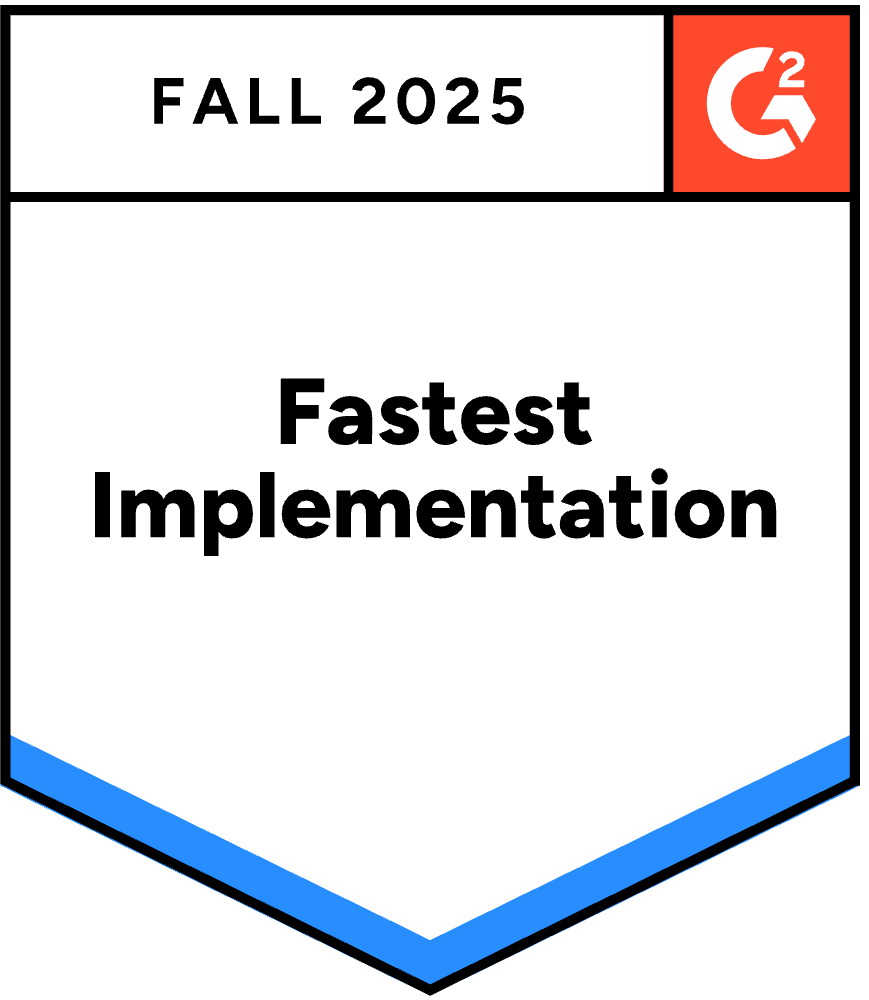FusionReactor 8.x Release Notes … Read More
Blog Posts

Why monitor a monolithic server
Why monitor a monolithic server? It is quite challenging to improve the performance of a monolithic server application. Change is difficult when things are tightly coupled. Unlike microservices, where things are more likely to be managed by development teams. However, … Read More
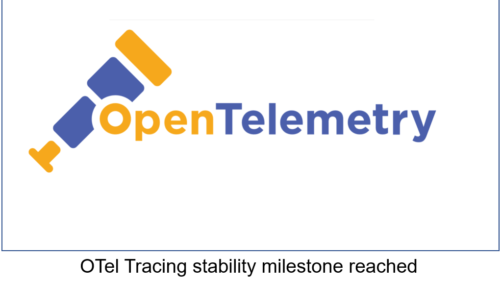
OTel Tracing stability milestone reached
OTel Tracing stability milestone reached OTel Tracing stability milestone reached with OpenTelemetry Collector. As a result, OpenTelemetry Collector has released its first GA version. With version 0.36.0, the tracing components come with stability guarantees for tracing in the OpenTelemetry Protocol … Read More
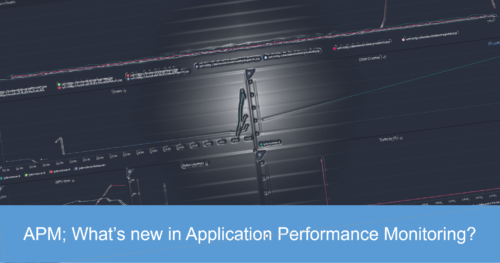
APM – Whats new in Application Performance monitoring
What is an APM (Application Performance Monitor) Application Performance Monitors (APMs) help developers and DevOps professionals improve the performance of an application and identify errors and exceptions in the code. So, the APM identifies and diagnoses complex application performance problems … Read More

Log4j vulnerability Important information for ColdFusion, Lucee, and Java users
Log4j CVE-2021-44228 and CVE-2021-45046 Log4 Shell vulnerability Important information for ColdFusion, Lucee, and Java users Updated December 16, 2021 Does FusionReactor need updating to fix the vulnerability? The FusionReactor agent does not depend on or utilize Log4j, so is not … Read More
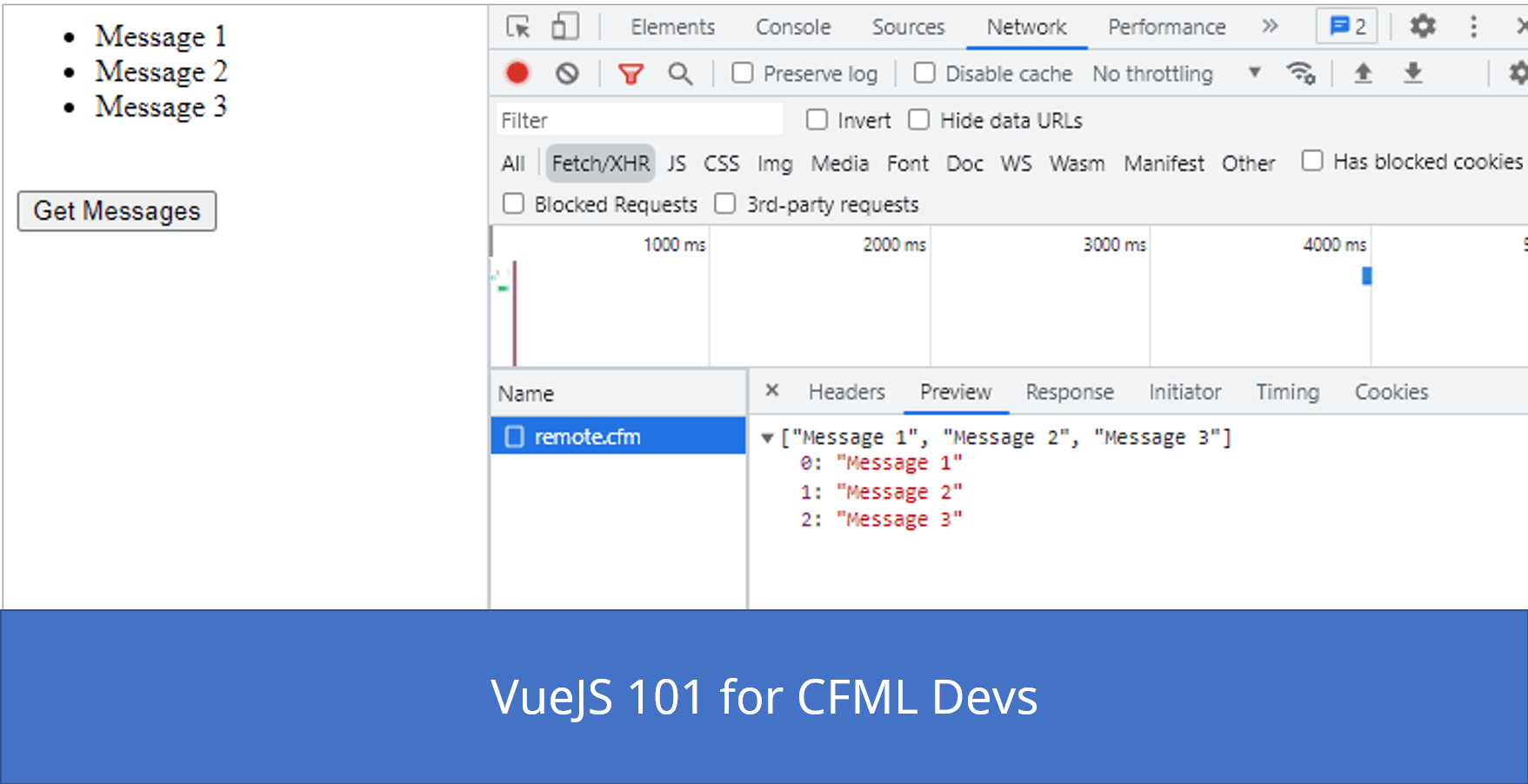
VueJS 101 for CFML Devs
VueJS 101 for CFML Devs I’ve been stumbling across a fair few developers recently who like the idea of using VueJS, but are not sure how to get started. VueJS can be used to build whole applications, but sometimes the … Read More
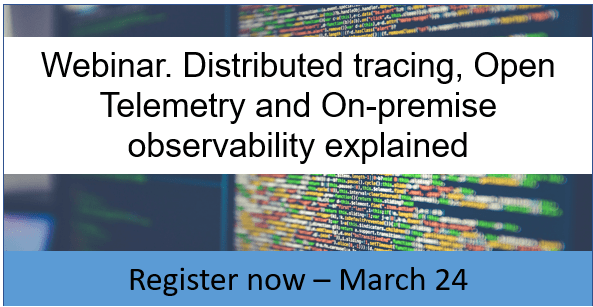
Webinar – Distributed tracing and on-prem observability
Introducing Distributed tracing and on-prem observability In this webinar, Nick and Mikey will give an update on where FusionReactor is in its Observability journey. We will talk about using metrics, logs, and tracing in a smart way to help you … Read More

Benefits of observability and monitoring
Using observability and monitoring There’s an increasing demand for flexible observability and monitoring solutions that can collect all the data about their environment in one place by organizations, businesses, and developers. First off, you can only monitor an observable system. … Read More

Effective ways to Avoid Application Performance Overhead with Log data
Effective ways to Avoid Application Performance Overhead with Log data It becomes critical for every forward-thinking organization to adopt effective ways to avoid performance overhead when managing their logs. Log data remains an untapped or poorly managed resource for many … Read More
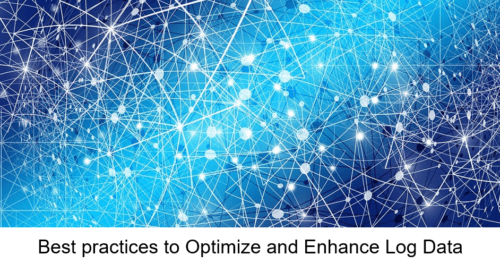
Best practices to optimize and enhance log data
Best practices to optimize and enhance log data Best practices to optimize and enhance log data, such as data compression and log parsing, should be considered effective ways to minimize the mounting costs of monitoring and querying logs. The massive … Read More
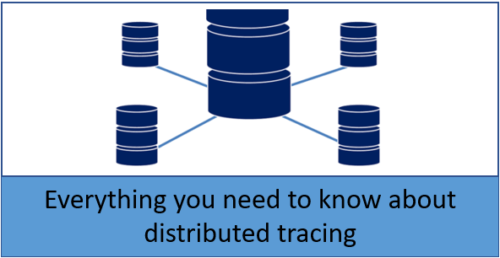
What you need to know about distributed tracing
This article will guide you on what you need to know about distributed tracing, why it matters, and when your organization can implement it. … Read More

How to create fast LogQL queries to filter terabytes of logs per second with FusionReactor
How to create fast LogQL queries to filter terabytes of logs per second with FusionReactor Performance matters when retrieving or analyzing data. This is why the need to create fast queries which filter terabytes of logs is critical because fast … Read More
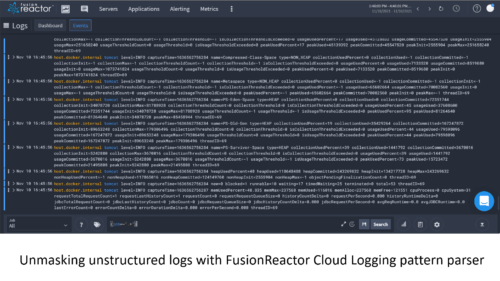
Unmasking unstructured logs with FusionReactor Cloud Logging LogQL pattern parser
Unmasking unstructured logs with FusionReactor Cloud Logging LogQL pattern parser Log data represents untapped or mismanaged resources for many organizations. Even if they can harness valuable insights from structured logs through their log management system, unmasking unstructured logs pose the … Read More

Options in Observability
There are different options in observability. I&O leaders will need to sieve through the possibilities in observability to pick the right choice for their enterprise. Deciding on what observability pipeline to settle for entails a lot of decisive steps and … Read More

The Effective Way To Enforce A Logging Policy
The effective way to enforce a logging policy involves strategies and practices to ensure that logs are monitored adequately. These strategies include; defining the access and notification policy, communicating a logging policy enterprise-wide, and assigning a policy marshall. We have … Read More
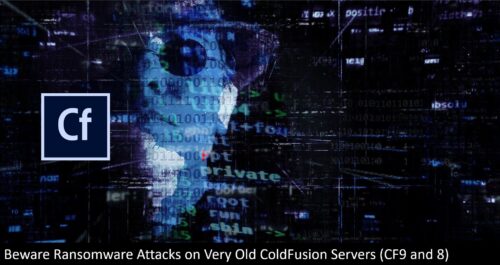
Beware Ransomware Attacks on Very Old ColdFusion Servers (CF9 and 8)
Beware Ransomware Attacks on Very Old ColdFusion Servers (CF9 and 8) It’s always risky to run old versions of software, of course, and that problem is hitting home for those who may still be running very old versions of Adobe … Read More
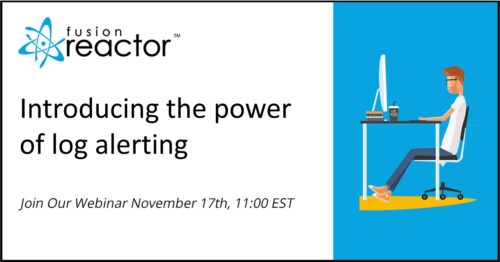
Webinar – Introducing the Power of Log Alerting
Watch the video The webinar has now ended, watch the recordings Webinar – Introducing the Power of Log Alerting Join our Webinar on November 17, 2021 at 11 EST Time converter at worldtimebuddy.comTime converter at worldtimebuddy.com In this webinar, we … Read More

Roadmap To Observability and How You Can Align Your Enterprise
Monitoring alone cannot handle the complexities that come with microservices, cloud computing etc. This is therefore when Observability comes into play here. Most importantly, a roadmap to observability. Whether you like it or not, changes in enterprise tech, application, and … Read More

What You Need To Know About Observability: Benefit and Principles
Observability is not a factor to ignore due to the ever-increasing technologies and services modern enterprise solutions require. To name a few – cloud, DevOps, microservices, containers, serverless, etc. The benefits of utilizing observability tools are clear as this increases … Read More
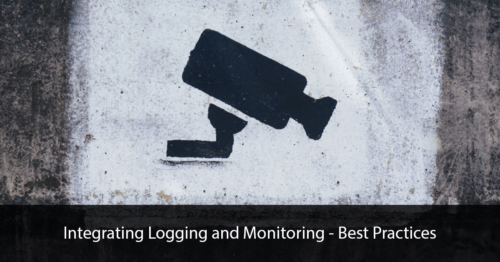
Integrating Logging and Monitoring – Best Practices
Logging and monitoring play essential roles in maximizing application performance. They play roles that are crucial when deploying and managing an application to meet availability and performance expectations. Although the former and the latter play distinguished roles, they work perfectly … Read More
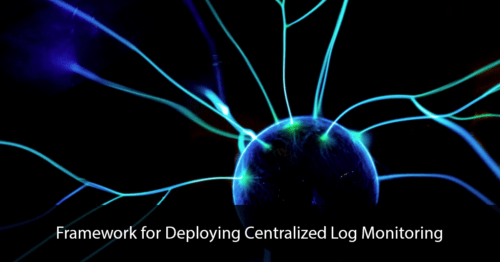
Framework For Deploying Centralized Log Monitoring
Framework For Deploying Centralized Log Monitoring Imagine this – you are recently employed as a DevOps manager at a big fintech company. You are on-call duty. During the night, your sleep is interrupted by an explosion of phone notifications. Your … Read More
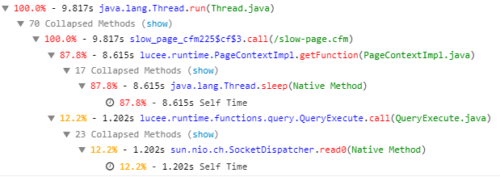
A Beginner’s Guide to Troubleshooting Slow Pages in FusionReactor
Beginner’s Guide to Troubleshooting Slow Pages in FusionReactor By: David Levin, CEO and Big Kahuna of Angry Sam Productions, Inc. It happens to just about every developer, client, or boss who calls out of the blue and complains that one … Read More

Effective Ways To Identify and Fix Application Performance Issues
Building poor Java performance scripts can generate lots of negative results in the long run. This includes page load delays resulting in frustrated page visitors and reduction in sales conversions, including several other effects. However, in this post, we’ll look … Read More

Tracing vs Logging vs Monitoring: Why Are They Different?
This article will discuss why these three crucial cloud-native concepts are different; Tracing vs Logging vs Monitoring. When debugging microservices or even a vast monolith system, it can get overwhelming for system admins to figure out the root cause of … Read More
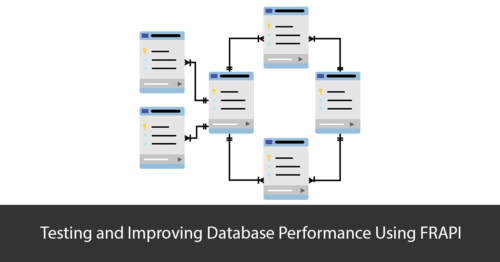
Testing and Improving Database Performance Using FRAPI
Testing and Improving Database Performance Using FRAPI So the other day, I spotted a MySQL query (InnoDB, 5.27 if you’re interested) which was feeling non-performant. I should also point out, that SQL and testing and improving database performance are really … Read More

Revisiting CFML Operators In Lucee
Revisiting CFML Operators In Lucee Operators are ubiquitous. As developers, we use them every day, and maybe even in every line of code. Why is it then, I never seem to find the time to revisit these language essentials? Perhaps … Read More

Logging vs. Monitoring: How Are They Different & Why You Need Both?
Logging vs. Monitoring? It is practically impossible to talk about application deployment and management without squeezing logging and monitoring into the sentence. They are imperative when deploying and managing an application to meet availability and performance expectations. Although they perform … Read More



